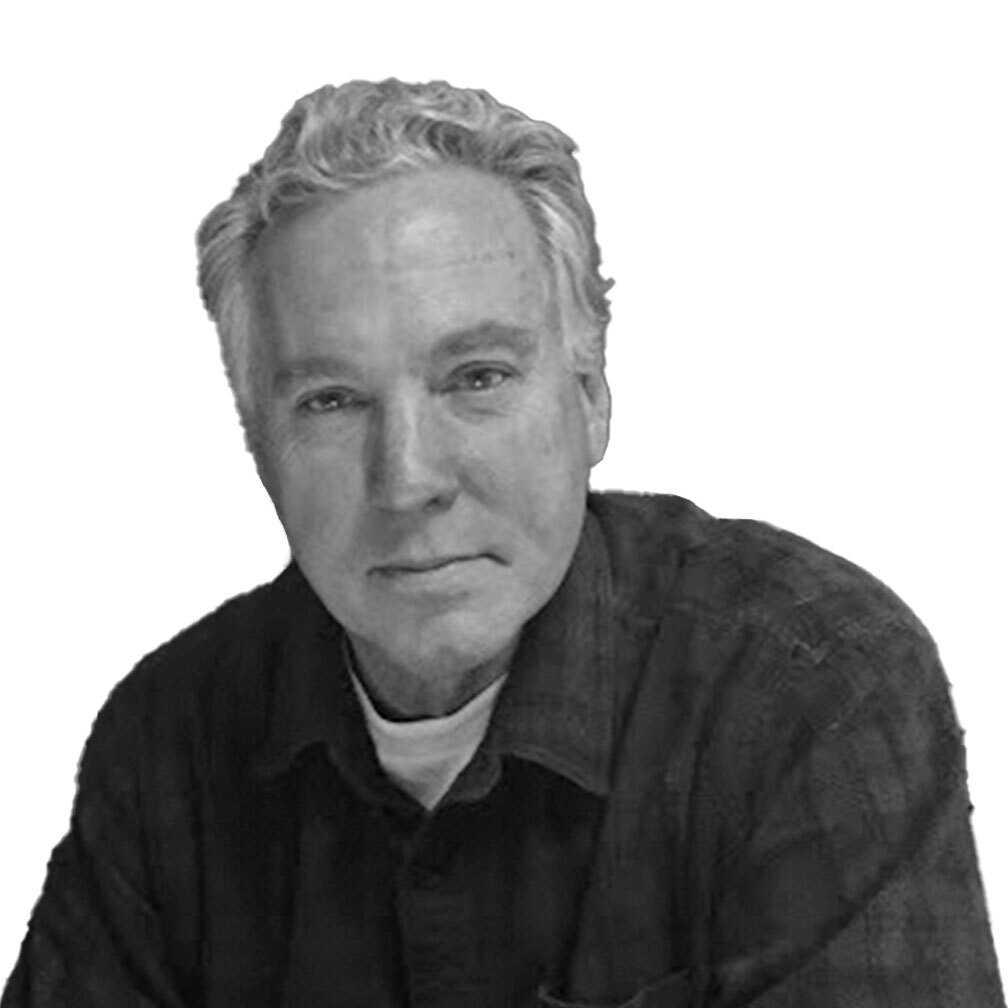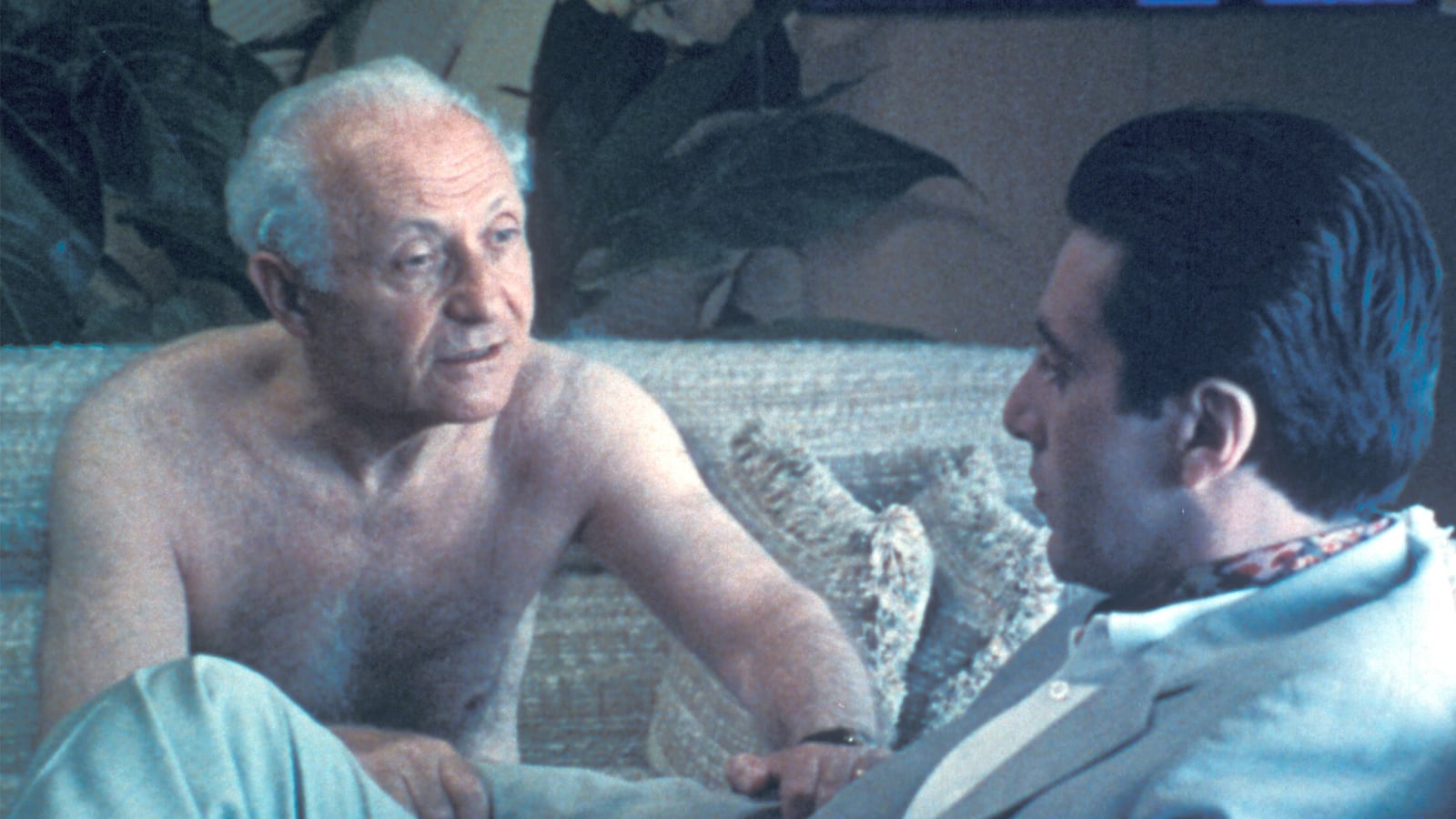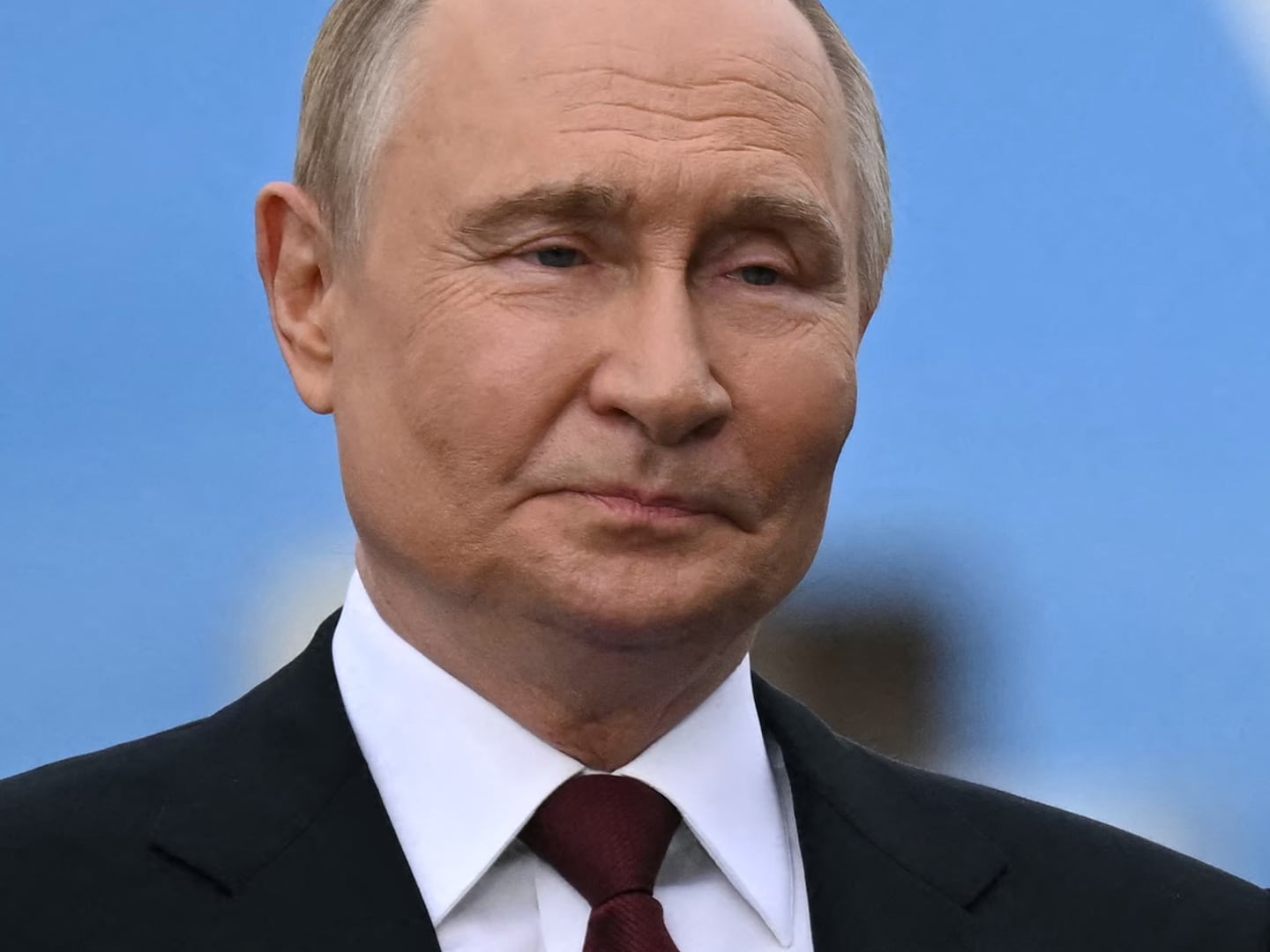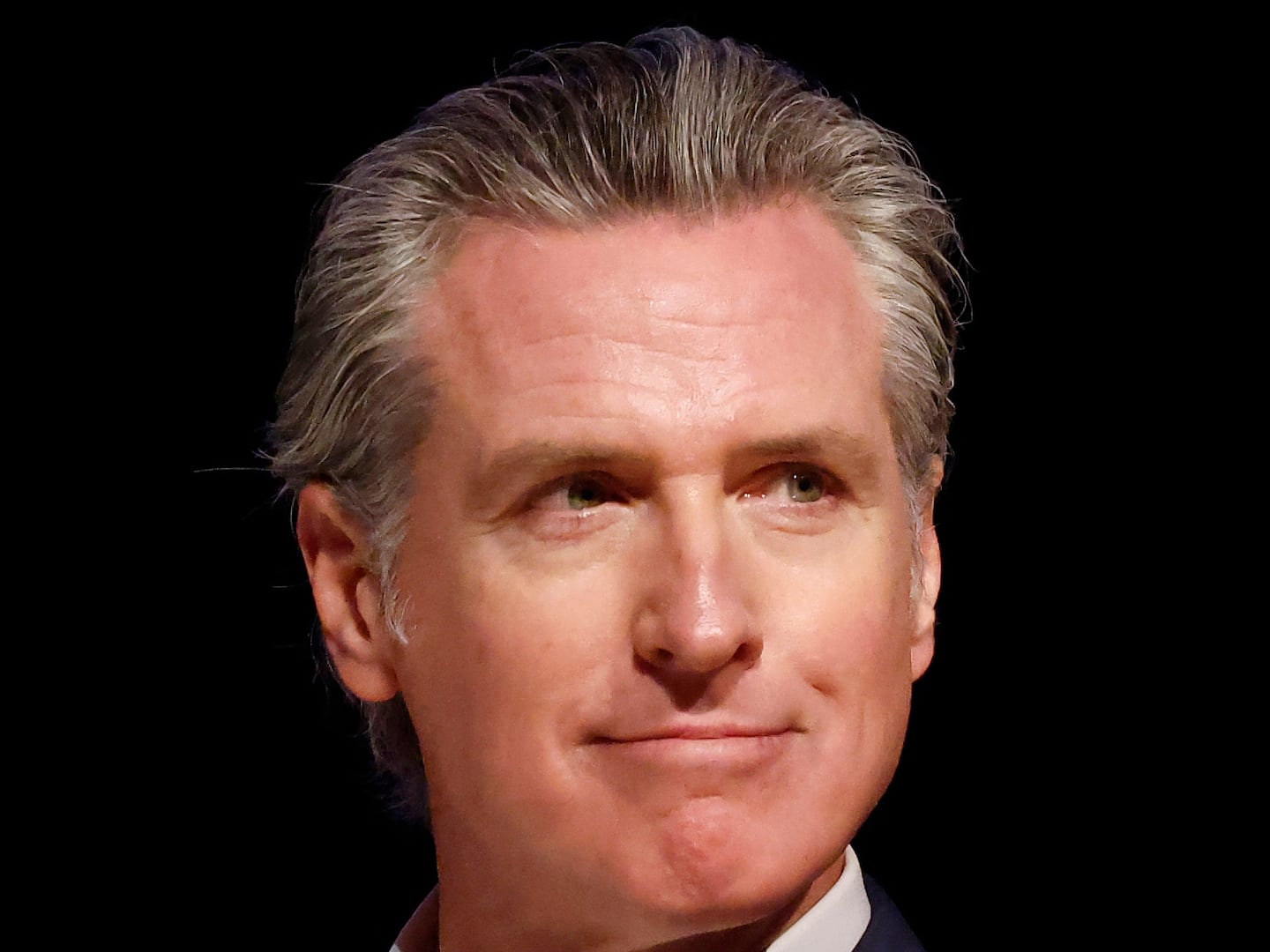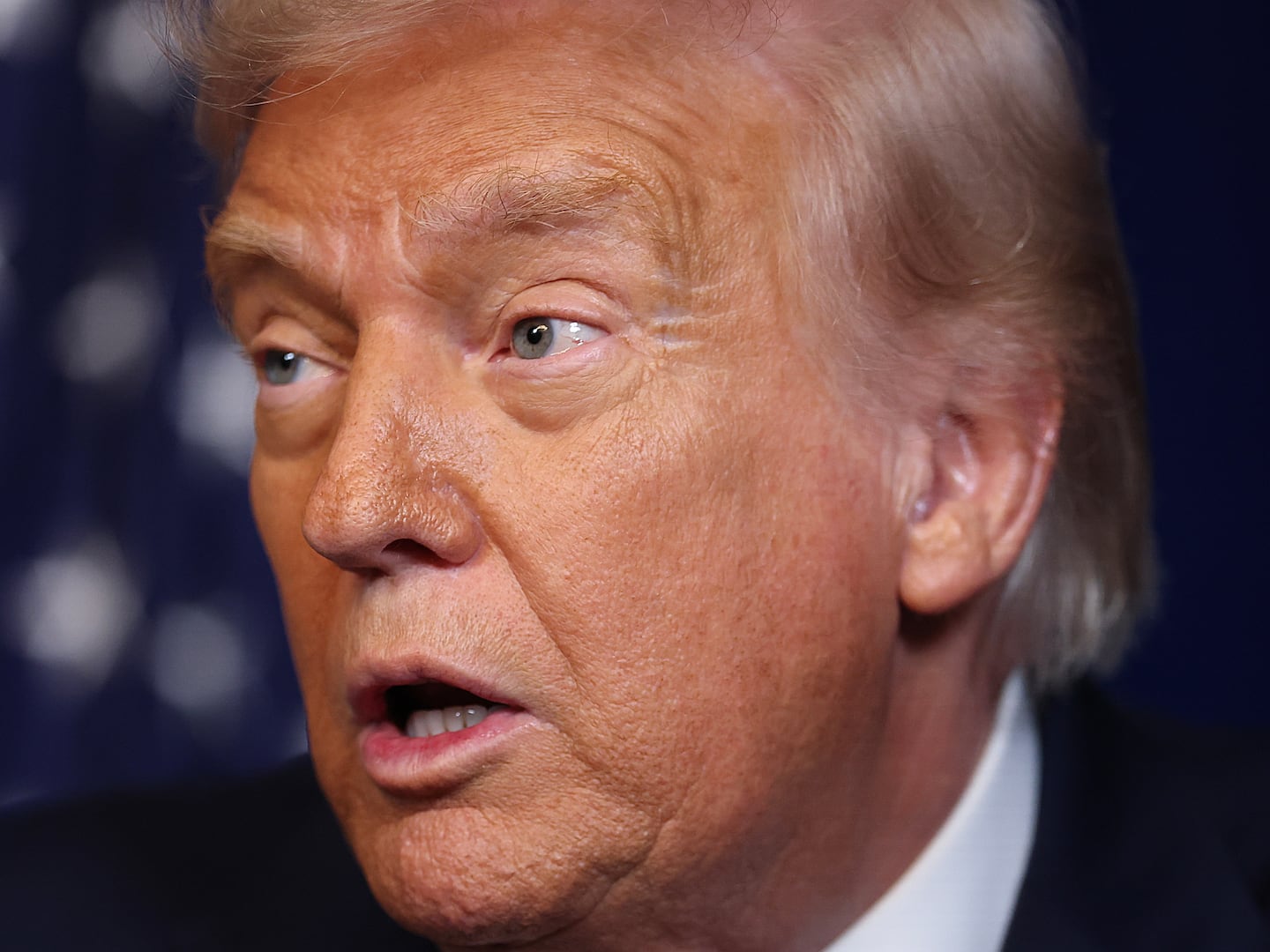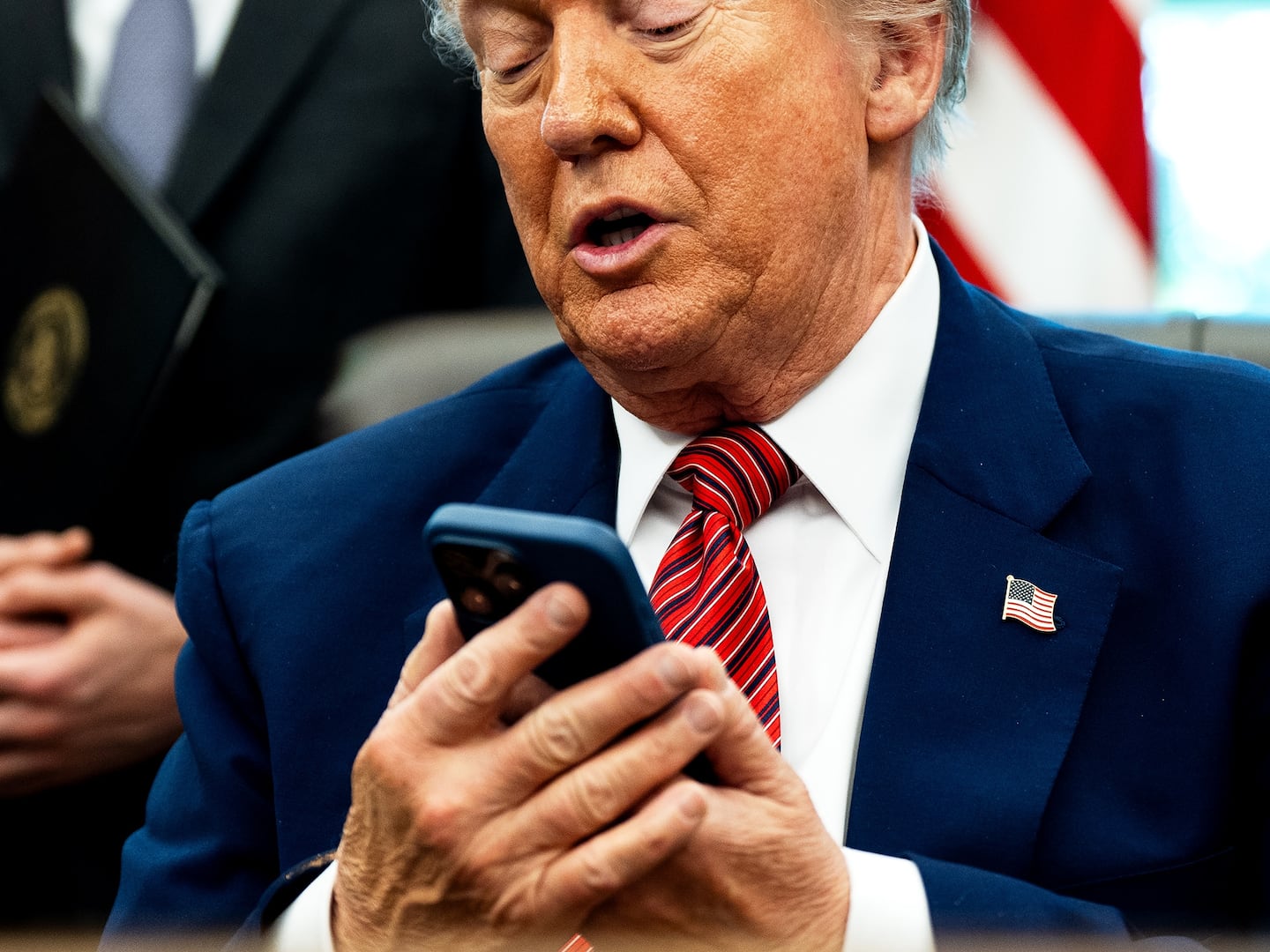Word that the United States had finally agreed to normalize relations with Cuba surely must have generated a chuckle from Hyman Roth’s ghost.
“Normalized relations?” The Godfather character surely wisecracked. “Since when has there been anything normal about the relations between the U.S.and Cuba?”
Prior to the Jan. 1, 1959 Socialist revolution of Fidel Castro, the post-World War II mob led in part by the inspiration for Roth, organized-crime financial maven Meyer Lansky, Americans largely used Havana as an island paradise of hedonism: Sex, drugs, and wide-open gambling courtesy of the friends of Murder, Inc., some savvy and daring U.S. corporations, and the consummately corrupt regime of President Fulgencio Batista.
“Neither the American nor Cuban people are well served by a rigid policy that’s rooted in events that took place before most of us were born,” President Barack Obama said during Wednesday’s announcement.
Before Cuba was shunned and sanctioned, it was a handy place for the randy. In an America starved for gambling and sexual intrigue, at a time when only the parched and pariah Nevada offered legalized casinos and the politically sanctioned scent of vice, Havana was shakin’ its booty to a Salsa beat.
Lansky was one of many sharp racket bosses who saw the potential of Havana as “the Offshore Las Vegas,” just 90 miles from the coast of uptight Florida and on an increasing number of commercial airline routes. (Pan American Airways thought enough of the destination to finance one of the hotel-casinos just off the Malecon.)
Havana wasn’t just a center of gambling and vice, it also was the headquarters of a growing drug trade protected in part by corrupt officials and Batista’s fixers.
Sex, drugs, vice? Las Vegas could have taken lessons from Havana.
In the post-Kefauver era of the early 1950s, it had many advantages over its distant desert sister. Where Las Vegas made the pretense of policing the army of prostitutes who serviced throngs of tourists, Havana under Batista didn’t bother. Its sex nightlife was thinly veiled and a big draw for gamblers who took advantage of the expansion of modern commercial airline travel to dabble in the exotic city for a weekend or a week.
As Sally Denton and Roger Morris wrote in The Money and the Power: The Making of Las Vegas and Its Hold on America, “The price of sugar went up and down, shrewd investors knew, but Havana’s drugs, casinos, and 270 brothels were a sure thing. ‘You could buy anything ...” a resident of the old city recalled,‘anything.’”
People tend to forget that Castro wasn’t as swift to shutter the mob’s casinos as The Godfather would suggest. In fact, he was in contact with Lansky prior to converging from the hillside onto the streets of Havana. Lansky saw the change coming and, like all gifted racketeers, tried to cut a deal with the new sheriff.
He ended up losing an estimated $20 million by one report, and his Genovese crime family partner Vincent “Jimmy Blue Eyes” Alo never fully recovered financially.
Although, come to think of it, Alo also lived well into his 80s. Must have been the moist tropical air.
“The parallels to Las Vegas were everywhere. As more than 300,000 American tourists streamed into Havana in the fifties, casino after casino went up, some built by venerable corporations like Hilton or Pan American, some financed by U.S. banks or from Cuban pension funds under the auspices of the AFL-CIO,” Denton and Morris observed.
Alas, it couldn’t last. As nothing spoils a good party like a little Socialism in the punch bowl, the wisest mob-connected casino guys began departing the Havana action prior to the revolution. Legendary Las Vegas casino man and former Cleveland bootlegger Moe Dalitz, for instance, cut his losses well ahead of all the gunplay.
Nevada gaming authorities and peach fuzz-faced Gov. Grant Sawyer saw the brewing trouble in Cuba as not only taxing the availability of skilled card and dice dealers, but also as potentially embarrassing Nevada’s supposedly legitimate casino economy. Silver State casino bosses were told to part company with Cuba or face the consequences.
But the question is, could a thawing of relations result in a return to the mobbed-up action of yesteryear?
It’s not likely, casino industry historian David Schwartz says. Although they owe much of their success to the casino culture Lansky helped found, today’s corporate casino bosses would eat him for lunch.
In the years since Castro took control of the croupier stick in Cuba, there’s been nothing short of a casino revolution in the United States and throughout the Caribbean. Casino resorts thrive in the Bahamas and have a presence in almost every port of call for hundreds of miles.
The casino culture has become widely accepted across America, and the drug traffickers of Mexico have all but cornered the market on narcotics. There’s always prostitution, but these days it’s hard to get kinkier than cable TV.
In that light, some Cubans might find themselves longing for the good old, bad old days.
“Especially in the 50s, Cuba really was a thriving gambling destination because there was no legitimate gambling in the United States outside Nevada, and Las Vegas was still developing,” said Schwartz, the director of Gaming Research at UNLV and the author most recently of the Jay Sarno biography Grandissimo. “In those days, I think it really filled a need.”
Ironically, what was bad for the boys in Havana provided a shot in the arm to the casino crowd in Las Vegas. The influx of talent behind the tables and in the showrooms was undeniable.
After Castro’s tightened grip closed the casinos and sent moneyed mobsters and hundreds of casino employees scattering for the boats, the tides worked in mysterious ways. By the early 1960s, Las Vegas enjoyed an influx of casino employees with experience in Havana. And acts like mambo king Pupi Campo and the energetic DeCastro Sisters made Las Vegas their new home.
A generation later, Las Vegas society boasts a number of prominent Cuban-American families who fled just ahead of Castro and his Socialist version of an anti-casino movement.
John L. Smith is a columnist with the Las Vegas Review-Journal. His latest book is a short story collection, Even a Street Dog: Las Vegas Stories.
